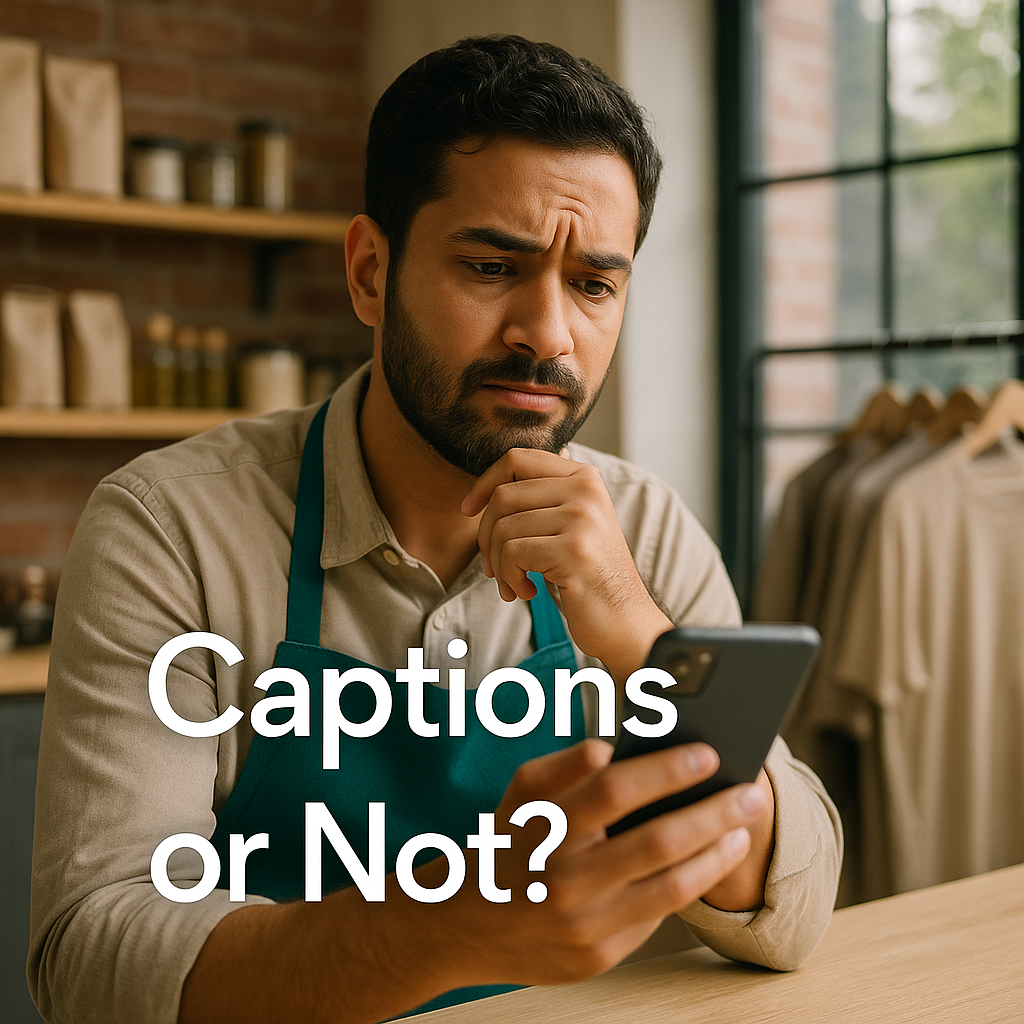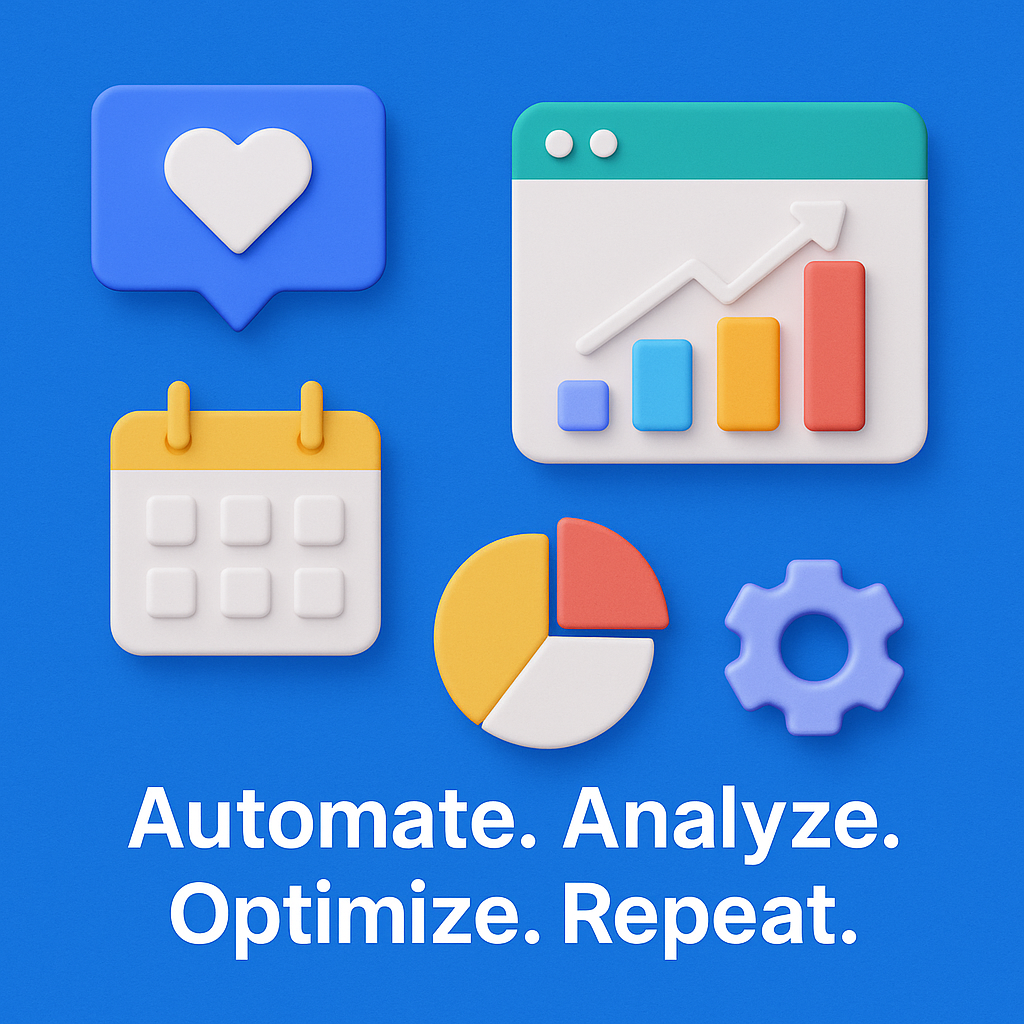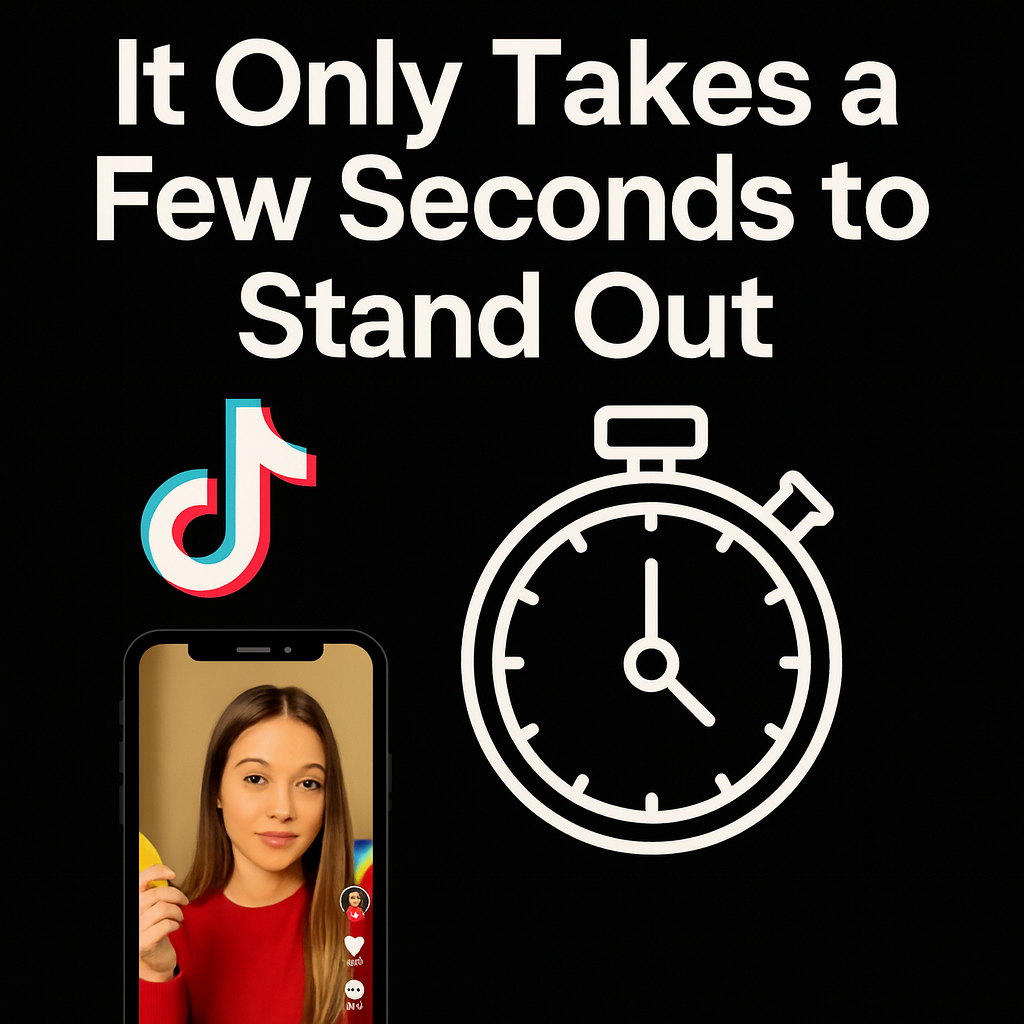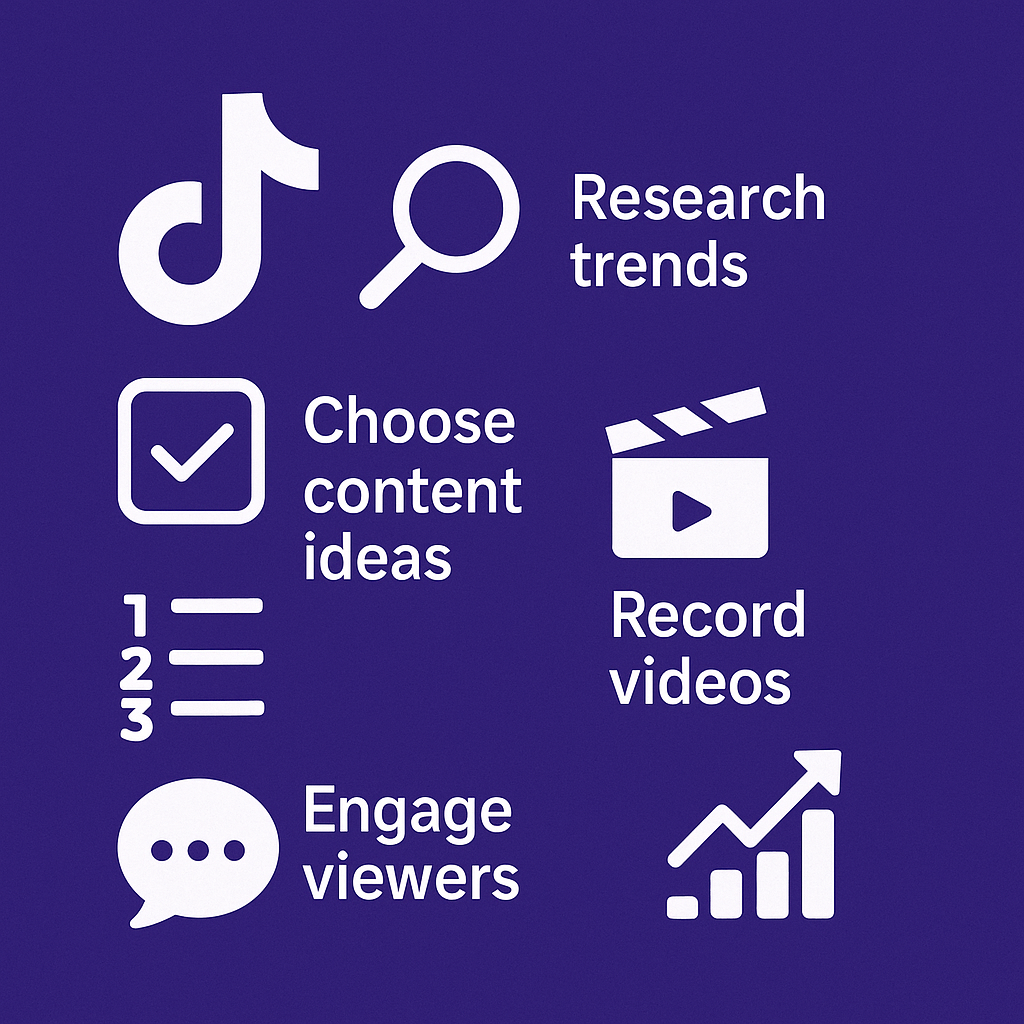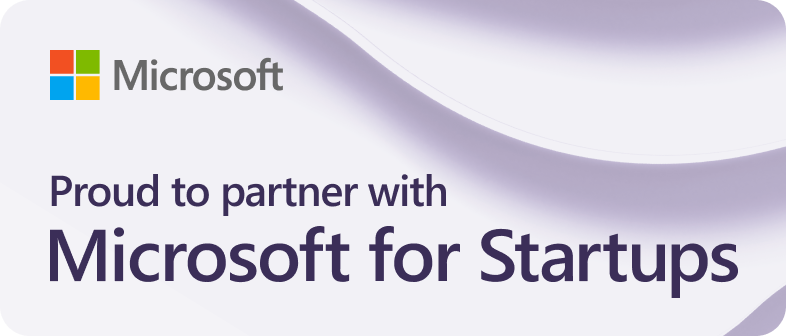E-commerce enterprises can use social media to increase traffic, engagement, and revenue in the digital age. With billions of active users on Facebook, Instagram, TikTok, and Pinterest, social media is essential for reaching and influencing new customers.
This article will discuss the top social media networks that can help your e-commerce business. We will teach you how each platform works, how to create good content, and how to evaluate your performance to grow your online store.
Are you prepared to leverage social media to enhance your e-commerce brand? Let’s start now.
Understanding social media marketing for e-commerce
E-commerce social media marketing uses Facebook, Instagram, TikTok, and others to advertise, interact, and sell. Customized campaigns use natural content, sponsored ads, influencer relationships, and community involvement to attract customers.
Boost brand exposure, leads, customer retention, and revenue.
However, 24% of global online purchasers said they used Facebook mainly for purchasing, according to Statista. Second to Meta (formerly Facebook, Inc.), Instagram drew 20% of respondents as most likely to be used for this conduct.
Moreover, combining e-commerce with social media marketing software boosts brand recognition and sales.
Table of Contents
Formulating a social media strategy
A good e-commerce social media strategy includes engaging content, targeting the correct demographics, encouraging community participation, and reviewing regular results.
Even if your content is user-generated or product highlights, targeting ensures it reaches the correct individuals. Performance analysis improves plans, and community involvement develops consumer trust.
Tracking metrics helps you evaluate progress. Engagement rates measure how well your audience interacts with your content, whereas click-through rates measure how often visitors click on your ads or product links.
Do you struggle with managing multiple social media platforms for your brand's presence?
The Sociosight app can help you simplify the process and save you time. With Sociosight, you can publish, schedule, and monitor posts and engage with your followers across multiple social media platforms, all from one dashboard.
Get started today with a free sign-up!
Register Now for Free

Conversion rates are the percentage of clicks to sales. Tracking return on investment (ROI) and client acquisition costs helps make social media profitable and inexpensive.
Choosing the right social media platforms
Knowing your audience helps you choose social media networks. Use demographics, tastes, and internet behavior to locate potential customers.
People may use TikTok, while professionals use LinkedIn. Adapting your strategy to these insights ensures success.
The following is a summary of the leading social networking sites, together with how they could support your e-commerce objectives:
Facebook and Instagram
- Best for: Perfect for visual storytelling and a broad audience, these platforms shine in community development and sales motivation.
- Features: Facebook Shops, Instagram Shopping, targeted ads
TikTok
- Best for: Ideal for involving younger viewers with viral trends and short-form video material.
- Features: influencer collaborations, product demos, and trending challenges
- Best for: Ideal for niche markets and inspired-based buying
- Features: Rich Pins, Shopping Ads, and Pinterest Lens
- Best for: A first choice for professional networking and B2B e-commerce.
- Features: Sponsored content, product showcase pages, and LinkedIn Marketplace.
YouTube
- Best for: Perfect for instructionals, unboxings, client quotes, and video material overall.
- Features: YouTube Shopping, in-video product links, influencer partnerships.
- Best for: Perfect for consumer service and real-time marketing.
- Features: Twitter Cards, polls, and hashtags.
Crafting an effective social media strategy for e-commerce
Selecting the best marketing platforms is crucial to developing a social media plan that propels e-commerce success. Every marketing platform presents different chances to interact with your audience; knowing their capabilities will enable you to decide which one best fits your company.
Creating a successful e-commerce social media strategy requires content, interaction, and marketing. You should use natural and sponsored methods to maximize your influence and create content that engages your audience.
Selecting the right marketing platforms ensures your efforts are targeted and aligned with potential customers’ time, enhancing development and sales conversion.
Here’s how you create it:
Content strategy
Your content should speak to your audience and reflect your brand:
- Visual content: Show products, tell tales, and interact with followers using quality images, videos, and infographics.
- User-generated content: Build authenticity and credibility using client evaluations, quotes, and influencer relationships.
- Educational content: Through tutorials, how-to videos, and behind-the-scenes peeks that let consumers relate to your company, add value.
- Promotional content: Discounts, limited-time specials, and high-highlight sales can help to inspire purchases and conversions.
Paid vs. organic reach
Balancing paid and natural approaches is the key.
Organic strategies: Emphasize developing a devoted following, addressing comments, and producing shareable material that invites interaction.
Paid strategies: Target particular groups using retargeting, social media ads (PPC), and influencer relationships.
Content calendar and scheduling
Continuous presence and audience engagement require consistency. Plan your content and use content scheduling platforms to post consistently and at the optimal moment.
Customer engagement community building
Participation builds loyalty. Respond swiftly to comments and messages; use contests, live Q&As, and rewards to develop community and keep your audience interested.
Influencer marketing
Working with influencers helps you reach more people:
Micro vs. Macro influencers: Select influencers consistent with your brand. Macro-influencers bring more exposure; micro-influencers sometimes have more involved niche audiences.
Launching products and increasing brand recognition benefit notably from influencer relationships, which enable you to access reliable voices in your market.
Advertising on social media
Reaching targeted audiences and increasing conversions may both be accomplished with social media advertising.
Making the most of it follows from this:
Types of social media ads
- Sponsored posts: Promoted organic entries found in users’ feeds.
- Carousel ads: Users may swipe through multi-image or video advertising.
- Story ads: Vertical full-screen advertising on Facebook and Instagram.
- Video ads: Short or long-form videos highlighting products and involving viewers.
It’s essential to tailor your strategy to each network’s ad formats, such as Instagram’s visual carousel and story ads or TikTok’s in-feed video commercials.
Ad targeting and segmentation
Good targeting guarantees your adverts find the correct audience:
Custom audience targeting: Target those who have interacted with your brand, such email subscribers or website visitors, with custom audience targeting.
Lookalike audiences: Target users that fit your current clientele to increase your reach.
Geo-targeting: Customize your adverts depending on consumers’ locations, perfect for local or worldwide campaigns.
Budgeting and ROI analysis
Clearly defining an ad budget guarantees effective expenditure:
Setting an ad budget: Choose daily or lifetime budgets and distribute money depending on the objectives of the campaigns.
Tools for tracking ad performance: Track ad performance, interaction, and ROI with analytics tools such as Facebook Insights, Google Analytics, and platform-specific dashboards.
These tools enable you to maximize your campaigns for better outcomes by helping you measure indicators, including click-through rates, conversions, and return on ad spend.
Using social media for expanding e-commerce
Your online store needs a social media plan and marketing software to increase traffic, brand exposure, and sales.
Maximizing your reach and influence entails choosing platforms based on your audience’s likes, creating engaging content, and using effective marketing. Consistency, targeting, and involvement boost client loyalty and conversions.
Analyzing and adapting to changing trends will help you stay ahead of the competition. Social networking can boost e-commerce if done right.






